Although the history behind the invention of the fusee is not known, some give credit to Leonardo da Vinci based on drawings he did in 1490.
In the picture below, the fusee chain can be seen on the left. Look over to the right to see the fusee cone. As you can see in this example, the watch is completely unwound. The watch shown here also features a Tompion regulator and a verge escapement.
How it works:
When winding the movement, the fusee chain would unwind from the mainspring barrel and transfer over to the fusee. As the watch winds down, there is a loss of torque in the mainspring, that’s where the fusee saves the day with “constant force”. The fusee balances out the distribution of force from unwinding mainspring, which in turn improves accuracy.
This setup also creates a disadvantage for watch repair. The chain and the mainspring are dependent on each other, so replacing the mainspring also means readjusting the chain.
How to open a fusee pocket watch?
If you have a fusee pocket watch, it may have a cover with no obvious way inside. There should be a tiny lever to slide and gain access to the movement beneath the cover. Here is a video:
Modern Fusee Movements:
A great example of a modern watch using fusee technology is the Zenith Academy Georges Favre-Jacot. The video below shows more on how a fusee works.
This post is still actively being created, so more will be added later.



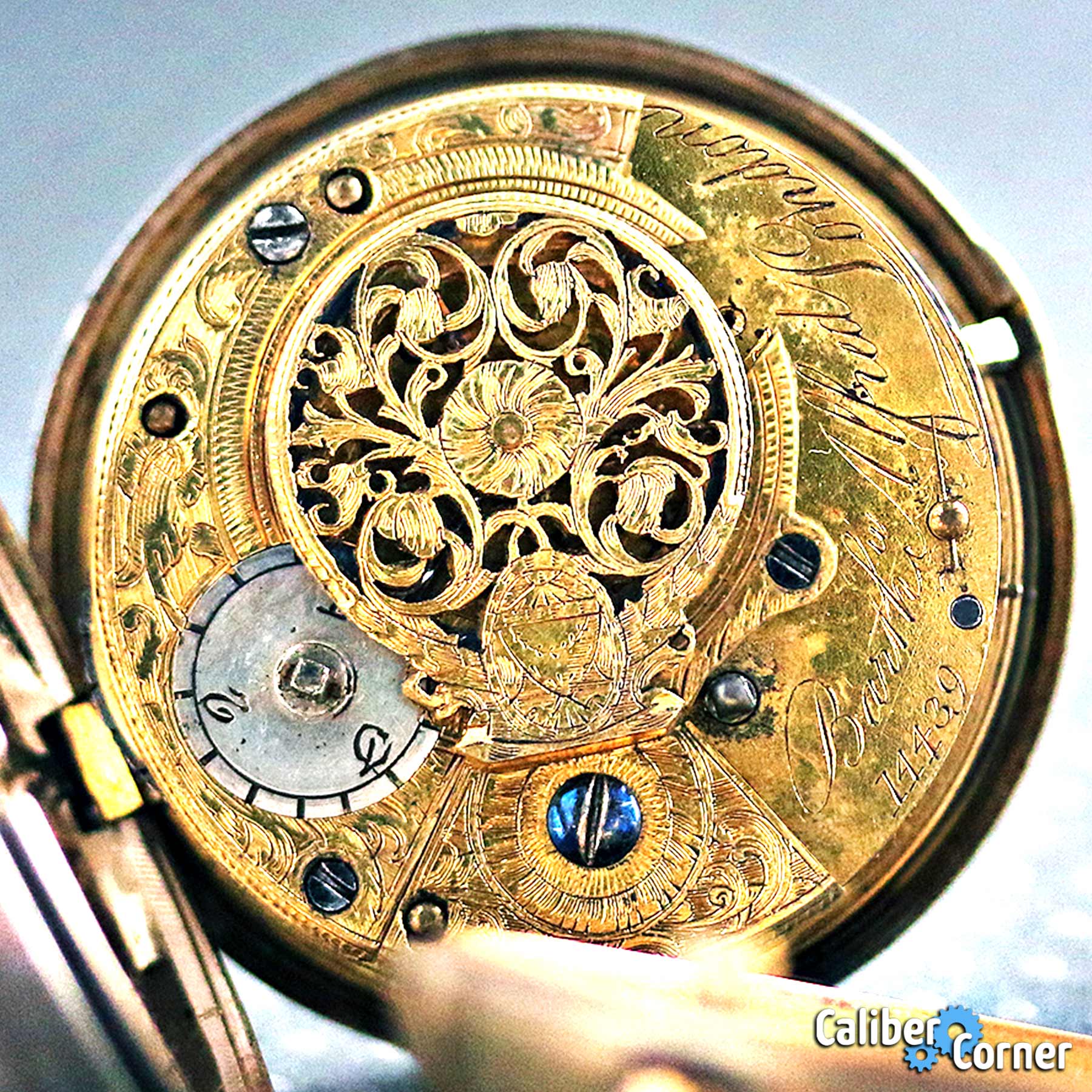

 network of watch sites
network of watch sites




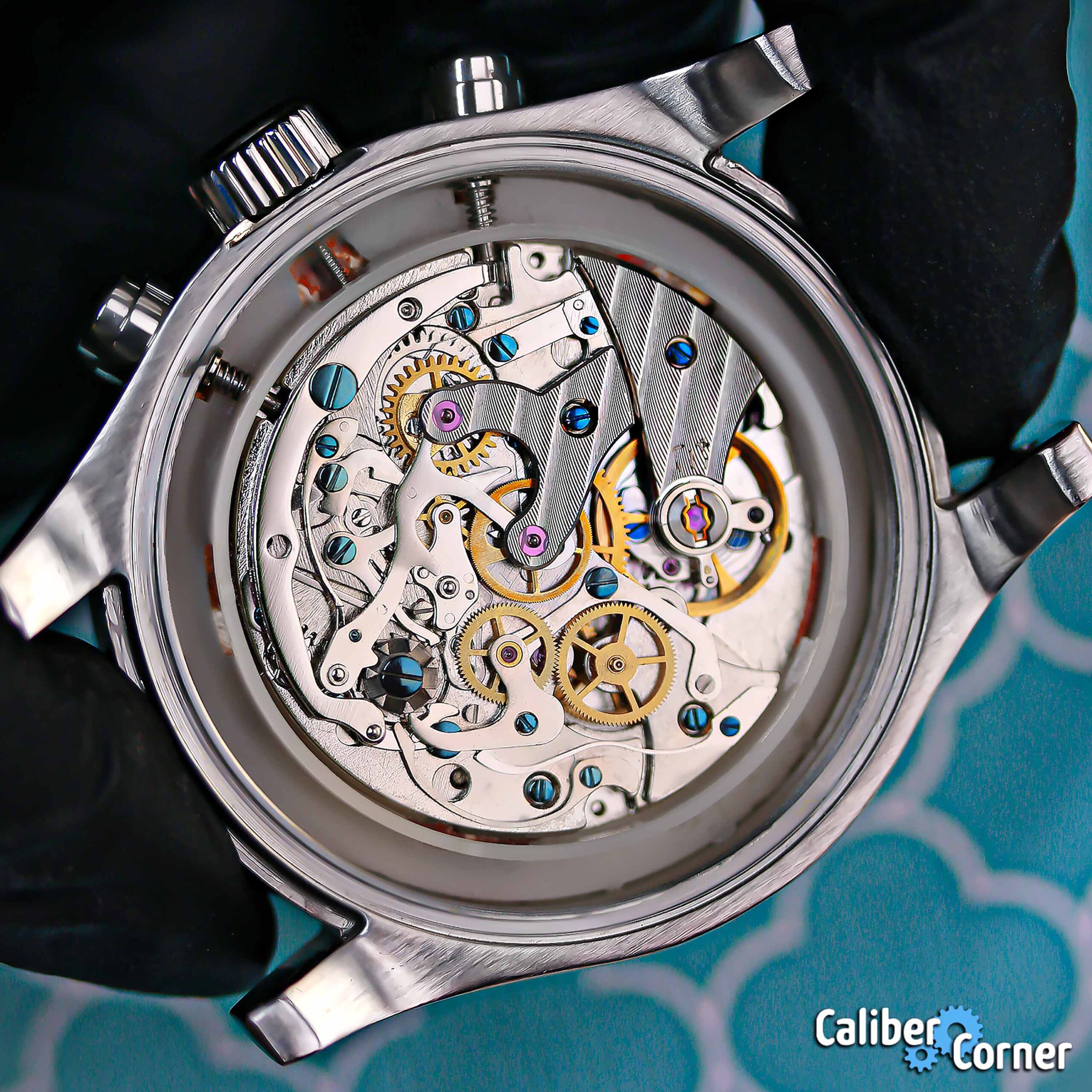




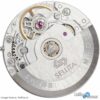

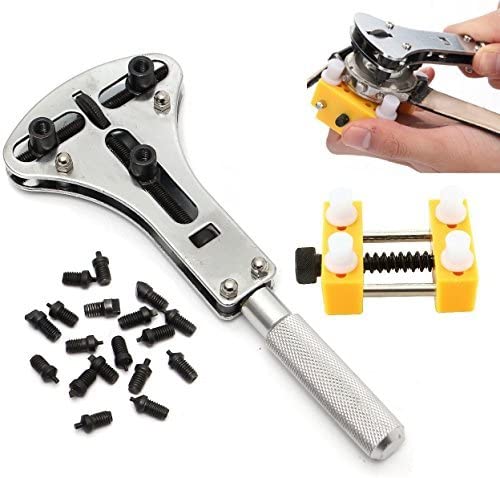

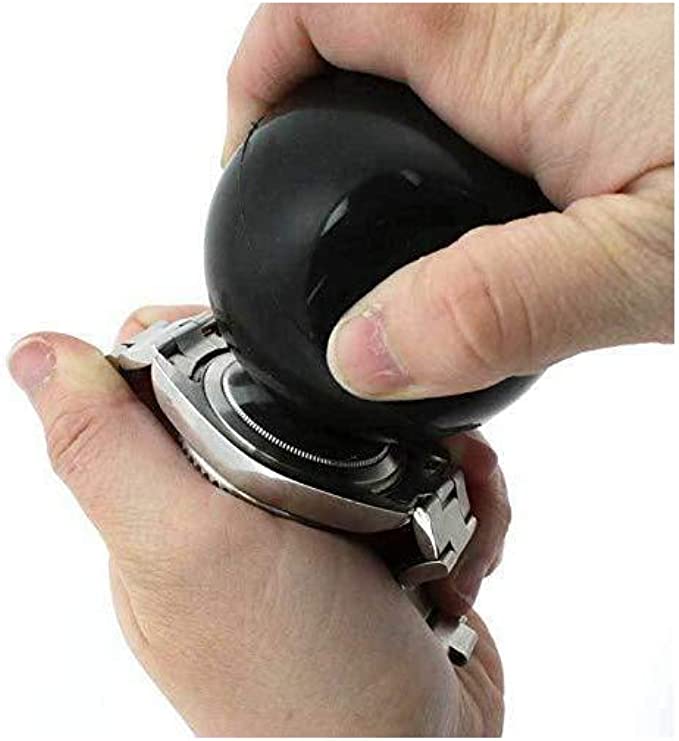







Trending Comments
ALTO Caliber A01
One of the coolest looking movements I've seen in a long time!
ALTO Caliber A01
What's with these prices. It's 20k and has the same regulating system in my $500…
Sunon Caliber PE11
Sunon is a part of GUANGZHOU Pearl Time Group, PE11 is the only repairable movement…
ETA Caliber 2824-2
Hi Craig, that would be the hour wheel. Tech sheets were added to the caliber…
ALTO Caliber A01
Im usually not into micro-rotor movements but this one is nice. I just wonder if…
Active Caliber Listings
The info from Seiko near the top of this thread says parts not 'convertible' -…
More like saying, my Ferrari-which I had to get their permission to buy-has to be…
>Each beat is a hit at the positive or negative maximum Does this definition mean…
One beat is one tick or tock. Each beat is a hit at the positive…
Buy a 1969 King Seiko 5626-7000. Do so at your own peril because you'll discover…